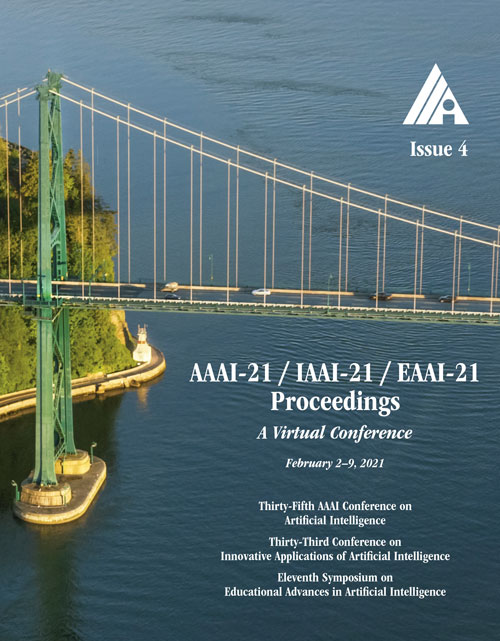Locate Globally, Segment Locally: A Progressive Architecture With Knowledge Review Network for Salient Object Detection
DOI:
https://doi.org/10.1609/aaai.v35i4.16408Keywords:
SegmentationAbstract
Salient object location and segmentation are two different tasks in salient object detection (SOD). The former aims to globally find the most attractive objects in an image, whereas the latter can be achieved only using local regions that contain salient objects. However, previous methods mainly accomplish the two tasks simultaneously in a simple end-to-end manner, which leads to the ignorance of the differences between them. We assume that the human vision system orderly locates and segments objects, so we propose a novel progressive architecture with knowledge review network (PA-KRN) for SOD. It consists of three parts. (1) A coarse locating module (CLM) that uses body-attention label locates rough areas containing salient objects without boundary details. (2) An attention-based sampler highlights salient object regions with high resolution based on body-attention maps. (3) A fine segmenting module (FSM) finely segments salient objects. The networks applied in CLM and FSM are mainly based on our proposed knowledge review network (KRN) that utilizes the finest feature maps to reintegrate all previous layers, which can make up for the important information that is continuously diluted in the top-down path. Experiments on five benchmarks demonstrate that our single KRN can outperform state-of-the-art methods. Furthermore, our PA-KRN performs better and substantially surpasses the aforementioned methods.Downloads
Published
2021-05-18
How to Cite
Xu, B., Liang, H., Liang, R., & Chen, P. (2021). Locate Globally, Segment Locally: A Progressive Architecture With Knowledge Review Network for Salient Object Detection. Proceedings of the AAAI Conference on Artificial Intelligence, 35(4), 3004-3012. https://doi.org/10.1609/aaai.v35i4.16408
Issue
Section
AAAI Technical Track on Computer Vision III

